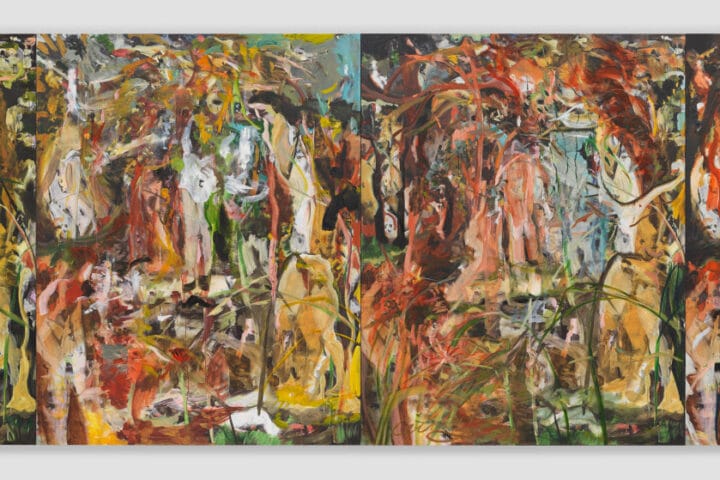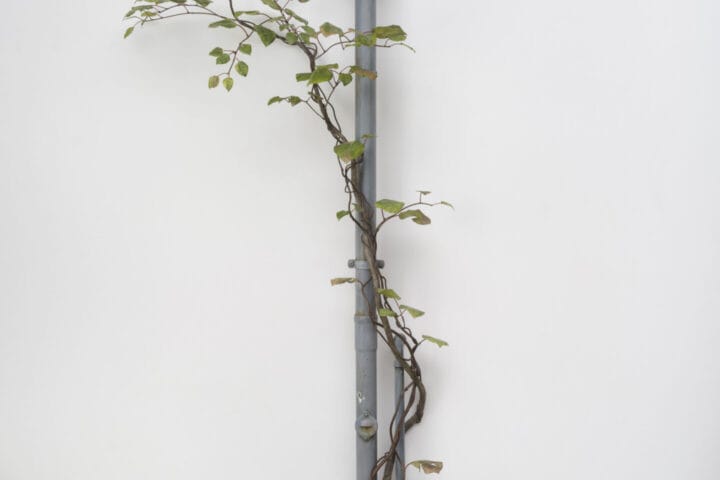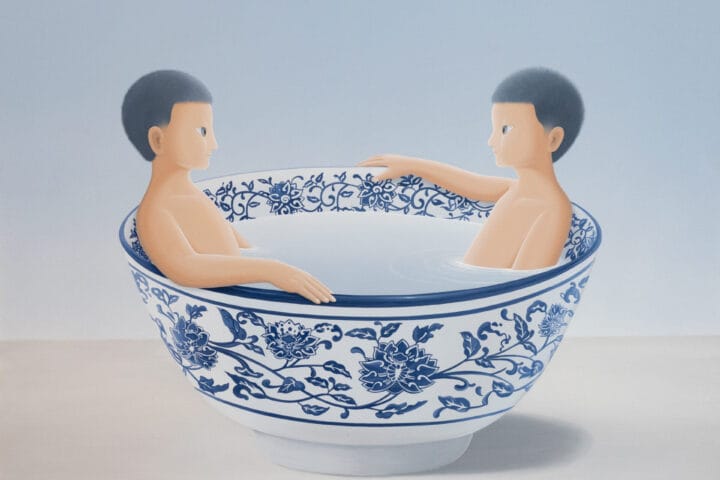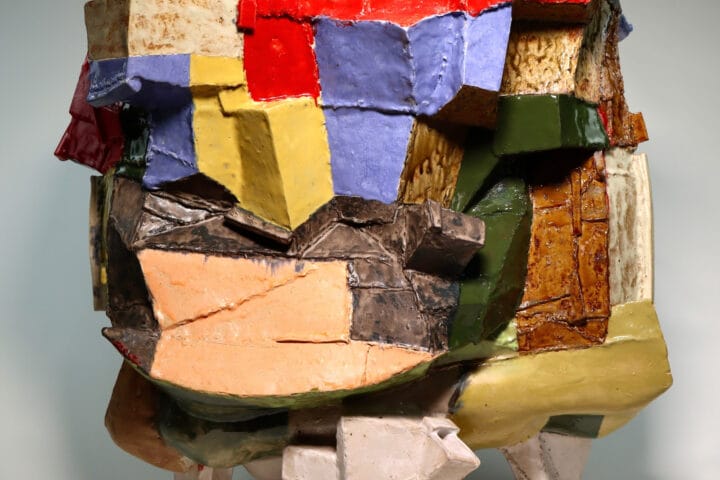Museum of the Home has announced a creative collaboration with artist and filmmaker Katharine Fry. Fry’s work explores the relationship between women’s bodies and the home. She questions how women’s identities are shaped by the physical and social structures that contain them. Responding to the museum’s almshouses and collections, Fry’s new film The Fur Chest, explores mother-daughter relationships, intergenerational trauma and the psychology of illness.
Museum of the Home will host a screening of her 2022 doll’s house stop-motion animation When I’m with you on 20th April 2023, that will be followed by a launch presentation of The Fur Chest and a Q&A with Katharine Fry. She is currently researching and writing the feature-length version of The Fur Chest and will produce a teaser film this summer, ready to screen from September onwards.
Fry’s solo exhibition Please call me home at Danielle Arnaud Gallery consisted of video installations across four rooms of the townhouse gallery. The videos of performing bodies were movement activated, their sound opening a relationship between viewer and screen body. Fry creates pieces that respond to and integrate their physical location. With The Fur Chest project, she is growing her practice from self-shot to working with a full film crew.
Following an initial conversation with Museum of the Home, Fry went on a tour of their historic almshouses which for her evoked a fairy tale, Gothic, haunted world akin to Angela Carter. An inspiring visit to the Museum’s collections drew out her fascination for all things bodily, medical and uncanny and included a wax doll with a melted face, a child’s black rocking chair, a skin-like leather standing lamp, an upright spinning wheel and a fur-coated trunk. The rough shape of a film that would focus on a mother-daughter relationship over three generations emerged from here. The fur chest, a metaphor for a womb, will be a hinge item. Objects coming out of the chest will frame the scene that follows, and the same object will be given different uses as it is passed down from mother to daughter. Across the generations, the pairs reveal dynamics loaded with projections, distortions and unmet needs as both mother and daughter struggle to hold onto a body, voice, and story that ‘fits’ them.
The Fur Chest will see a bedridden daughter in each generation tended to by her mother.
Whether the daughter is actually ill, beset by a phantom illness or simply subject to her
mother’s regimes of control will shift across the generations. The daughters don’t speak, each communicates from her bed using doll’s house furniture that mirrors objects in the adult room. The play in scale between each daughter and her vocabulary of objects gives her a sense of mastery that stands in stark contrast to her lack of agency.
Animated sequences throughout the piece, together with the doll’s house furniture, connect to two previous films. Her glass flower house drew on Fry’s hospitalisation with Covid-19 to show a house and its contents attacking a woman’s body; an external expression of her psychic defence against a physical assailant and her struggle to survive. When I’m with you played out four women’s struggles against social expectations of femininity, searching for their ‘true’ bodies buried under their false selves as mother, daughter and best friend.
Far from wanting to lay blame on mothers in The Fur Chest, Fry seeks balance and fairness in her portrayal of mothers and daughters locked in complex dynamics as both struggle for agency and identity against the expectations and limitations imposed on them by their roles and positions in a family system. She is interested in the behaviours and stories that get repeated across generations. Her research spans R.D. Laing and Aaron Esterton’s 1964 Sanity, Madness
and the Family, eleven case studies of female ‘schizophrenics’ and their dysfunctional
families; and mother-daughter fiction and memoirs including Deborah Levy’s 2016 Hot Milk,
Barbara Comyns 1985 The Juniper Tree, and Leah McLaren’s 2022 Where You End and I Begin.
Fry is researching and developing The Fur Chest for her Doctoral Prize Fellowship at the School of Design and Creative at Loughborough University. Fry’s method for developing The Fur Chest film is transdisciplinary; bringing together an auto-ethnography of her childhood experience of illness, family systems workshops and historic collections research. She will devise non-verbal rituals with objects, across site-responsive performance and stop-motion animation.
The project will also explore family dynamics through genograms and family constellations workshops with actors, and using different storytelling forms to generate material. She will carry out a programme of related public workshops. The first of these, Home is at Hand: Making Family Histories with Family Heirlooms, will be a heritage workshop that looks at the relationship between participants, mothers or daughters, their family mementos, and the stories they tell.












